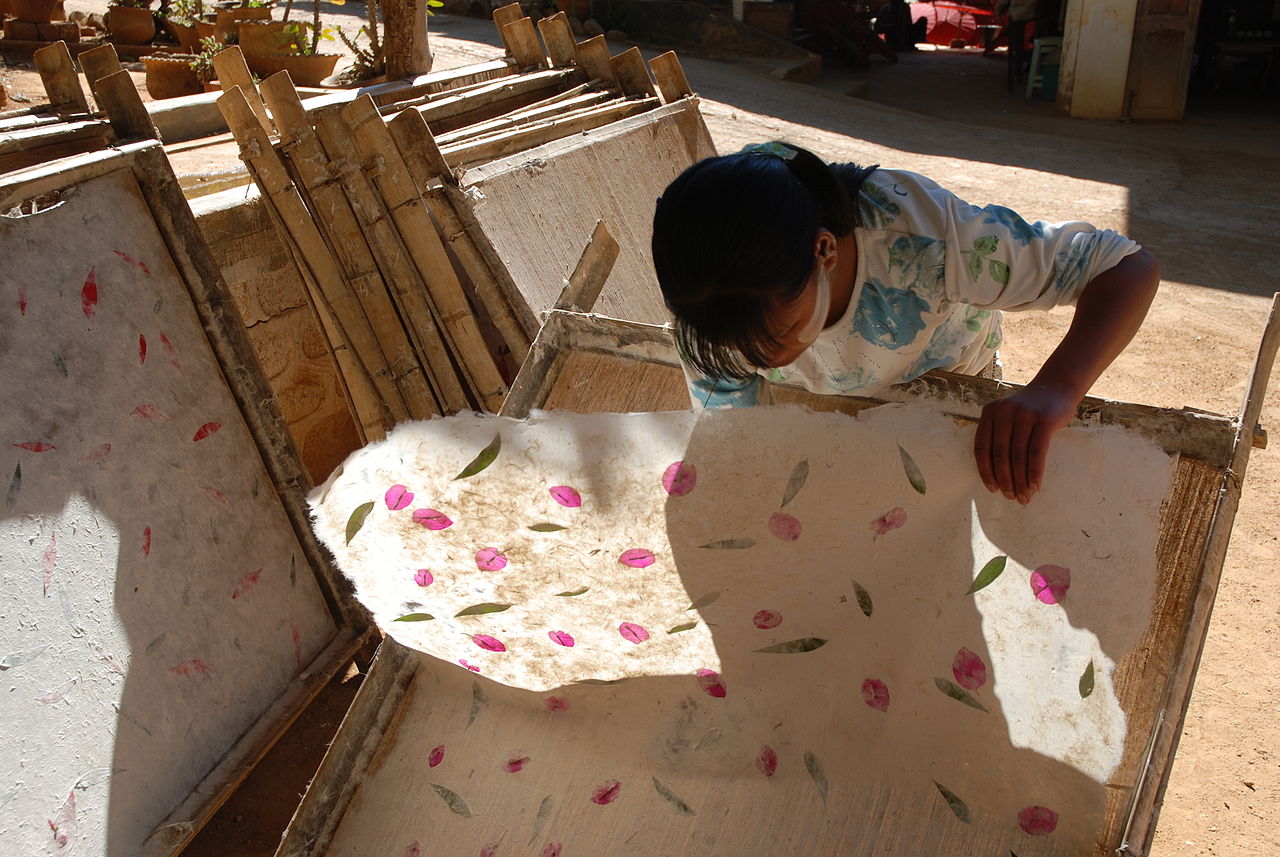Sustainability
Environmental & Science Education
STEM
by Edward Hessler
I had a friend who taught kindergarten. She is now retired, moved south and I lost contact. I think of her from time-to-time and about our conversations about kindergarten learning.
The two of us met at meetings about four times a year and always found some time during welcome breaks to talk about teaching young students.
Kindergarten rooms have bathrooms. One of the habits of her kindergarten students was singing while in the bathroom. I can understand why. In a school bathroom you are in a sound booth that is hard to resist. You are alone, enclosed and can sing, you think, full throat. The idea you have is that sound can't get out. It does, of course.
I was reminded of Deb when I read a recent essay the extraordinary environmental journal, Orion Magazine. It is about a kindergarten visit by the editor of Portland Magazine. He went there for two reasons: to visit and for restoration of soul and mind.
 |
| Kindergarten class [Flickr] |
The essay has singing—They will sing with or without the slightest provocation or solicitation—but it wasn't in bathrooms, colorful socks, head-standing, dreams, pretend, explanations, rules about the nature of things (because everyone knows that), untied shoes and the word cubby. Now there is a wonderful word and not to be what I'm in, a cubie.
There is an interesting and not often acknowledged parallel between kindergarten and graduate school. It was pointed out to me by the late Grant Wiggins who wrote thoughtfully about the role of educational accountability in learning and Deborah Meier, when she was co-director of New York City's Central Park East Secondary School. The link to Meier describes the difficult task of growing this school.
Deborah Meier wrote this about how students are assessed at Central Park East, "Many of our ideas are borrowed from two extremes—kindergarten and graduate school." So, what is it that is borrowed? I'm not going to go into the details although both links to Meier and Wiggins provide some insights and I provide another link below.
I'll call the assessments which attracted Wiggins and Meier, performance assessment. This hints at what such assessments are about: showing what you know by doing. A variety of student work is examined throughout the year with an eye to what it tells about student thinking rather than mere knowledge of facts. How well do students grasp the ideas central to the curriculum?
Think of what occurs in these two places: projects, playing with ideas and "stuff," conversation, lots of conversation, and how well ideas, arguments and products work.
For more information about performance assessment see this essay.
There is a worry I have about Kindergarten: time for student play appears to be eroding... pushed out of school. But this is another story for another day.
In the meantime visit a Kindergarten in Portland through Brian Doyle's essay, one that will warm your heart, inform your mind and make you think. The title is a dead giveaway: "Their Irrespressible Innocence."

 CGEE Student Voice
CGEE Student Voice






























